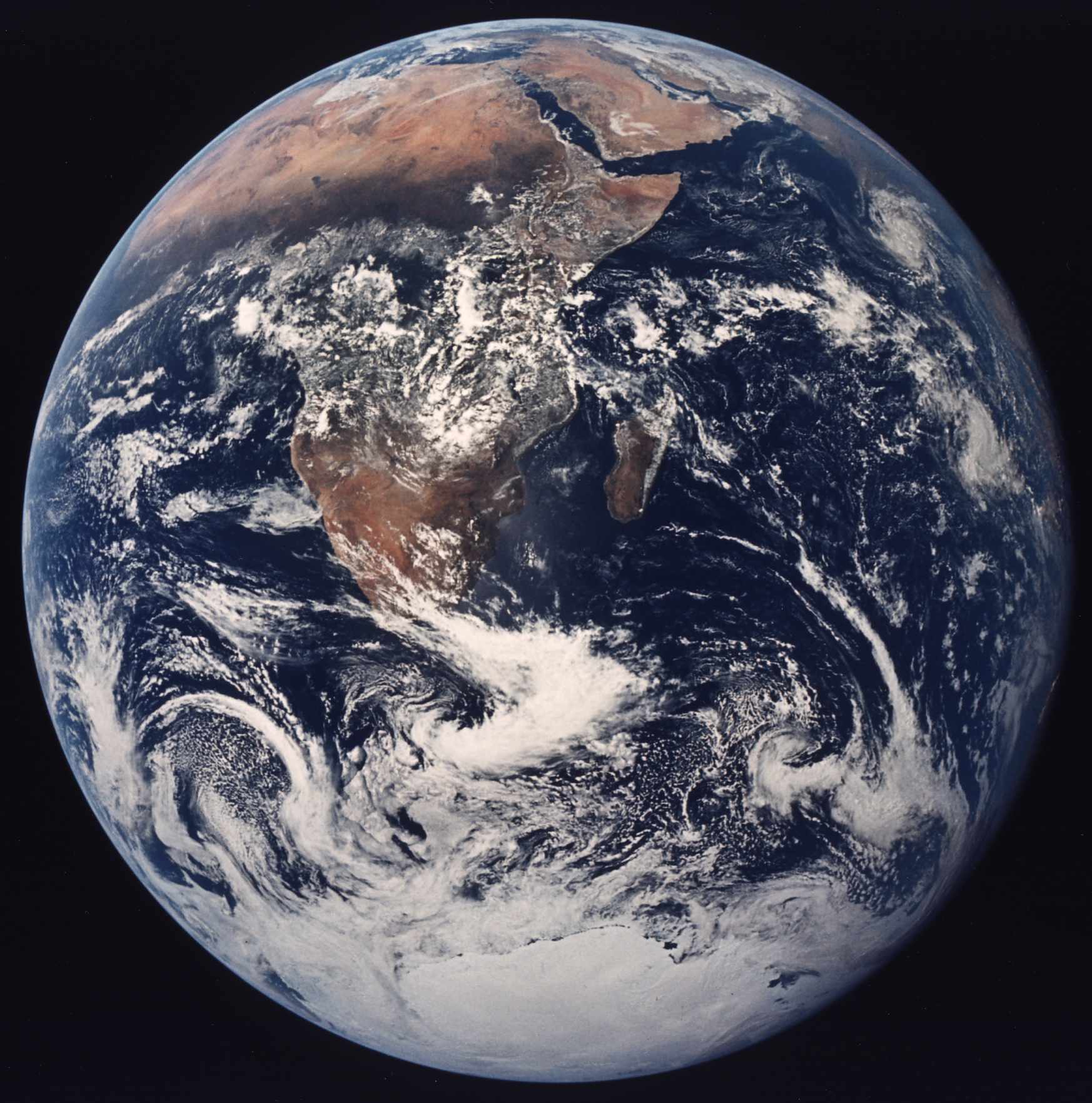 Imagine a planet that’s about the same size as Earth, made up of the same rocky material, with Earth-like features such as clouds and volcanoes, and just a little bit closer to the Sun.
Imagine a planet that’s about the same size as Earth, made up of the same rocky material, with Earth-like features such as clouds and volcanoes, and just a little bit closer to the Sun.But now imagine that this planet has a surface temperature hot enough to melt lead, an atmosphere that would crush you, and where it rained sulphuric acid everyday.
This place is Venus. Venus is named after the Roman goddess of love, but this week on Mr Science, we will discuss a planet that has nothing to do with love and is about as close to Hell as you can possibly get.
Back when the solar system was being formed, Earth and Venus looked quite similar – they were both rocky, inhospitable places with volcanic eruptions spewing carbon dioxide into the air. Both had water vapour in their atmospheres. On Earth, this water vapour turned into clouds and eventually the oceans. On Venus, which is 30 per cent closer to the Sun, it was slightly too hot for liquid water to form and eventually the sun's radiation broke apart the water molecules.
On Earth, the oceans dissolved much of the atmosphere’s carbon dioxide and helped create limestone and other minerals. On Venus, all this carbon dioxide, with no water to dissolve in, continued to accumulate in the atmosphere, until the pressure was 90 times that of Earth’s. This caused a runaway greenhouse effect. With radiation from the Sun not able to escape from this dense atmosphere, the temperature got hotter and hotter until the average temperature reached 450 degrees Celsius. It was liquid water, or the lack of it, that made all the difference.
So could we possibly ever go to this place? The first landing on Venus was in 1966 when a Soviet probe called Venera 3 crash-landed on the surface. In 1967, Venera 4 descended through the atmosphere sending back readings, but its batteries failed before it touched down. Venera 5 and 6 were crushed by intense atmospheric pressures. Finally, in 1975, a descent vehicle from Venera 9 made it to the ground. No human has ever been there.
On April 11 2006, the Venus Express, which is a European Space Agency mission, successfully assumed orbit around Venus, and it plans to map the Venusian surface for about two Venusian days. This may not sound like a long time, but this actual equates to about 500 Earth days. This means that Venus rotates very slowly. Another usual facet of Venus’s rotation is that rotates in the opposite direction to the other major planets – that is, the sun rises in the West and sets in the East. Scientists do not know why Venus rotates so slowly and in the opposite direction, but it is thought that is has something to do with solar heating of the thick atmosphere, friction and tidal forces.
So to survive on Venus’s surface, you would need to be able to withstand incredibly hot temperatures, intense atmospheric pressure and acid rain from the sulphuric acid clouds. It would seem therefore unlikely that life as we know it could live on Venus’s surface.

But some scientists, like NASA’s Geoffrey Landis, think that life may exist up above the clouds. At 50 km above the surface, the temperature range is between 0 and 50 degrees Celsius, the air pressure drops to 1 atmosphere and the gravity is 90 percent that of Earth’s – very pleasant conditions for life, or at least, microscopic life. Indeed, scientists have discovered that the chemical carbonyl sulphide is found in Venus’s atmosphere. This is a compound that is difficult to make using natural processes and is usually found as a bi-product of life.
But it would seem that Venus has nothing to with its namesake, the goddess of love. However, stay tuned for next week’s Mr Science, when we take a closer look at this topic of love, and see whether there is any science behind human attraction.
Listen to this show here















